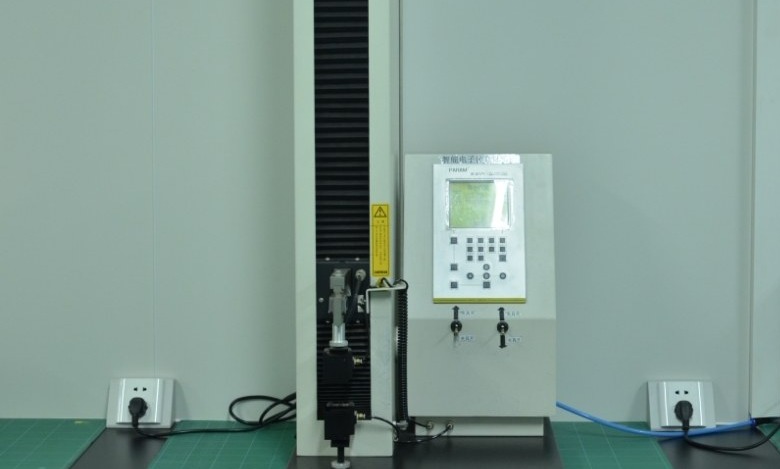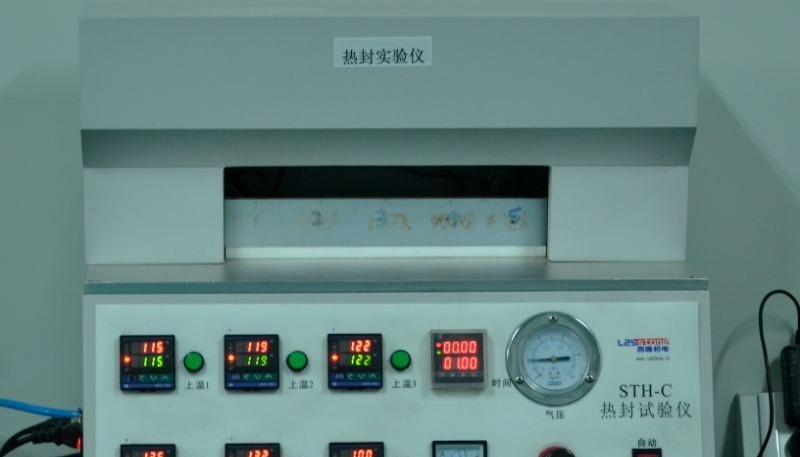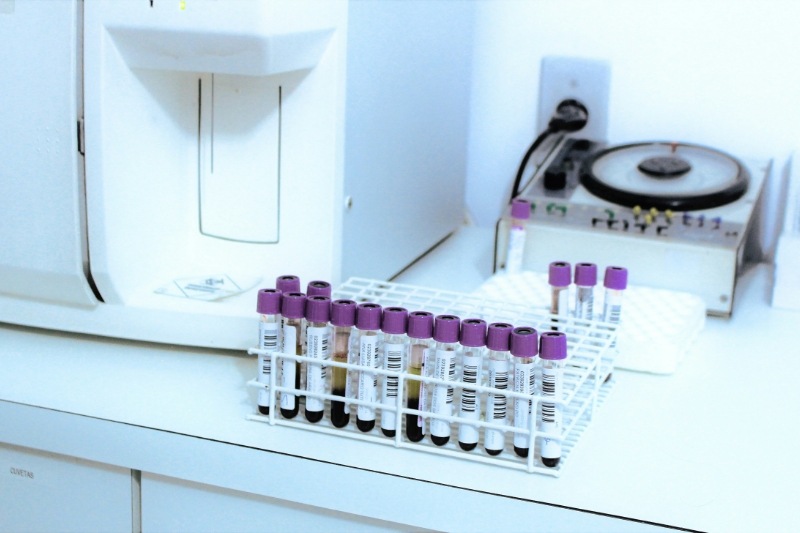While not always the primary focus, laboratory consumables are essential for the daily operation of any testing facility. Their effective management is a critical aspect of overall laboratory administration and a vital element in ensuring the quality of testing work.
I. The Significance of Laboratory Consumable Management
With the continuous expansion of laboratory testing menus, the variety of required reagents and consumables has also grown significantly. Implementing a scientific and efficient system for consumable management is crucial for guaranteeing the smooth execution of daily laboratory tests and for enhancing the overall quality of results. Laboratories must clearly designate individuals responsible for consumable safety and establish robust acceptance protocols, along with well-defined procedures and corresponding performance evaluation systems for procurement, storage, and utilization. Each department utilizing consumables must also assign designated safety officers and consumable management personnel within their specific area.
II. Key Areas Prone to Issues in Laboratory Consumable Management
- Inadequate Categorization of Consumables:
Laboratory consumables encompass both reagent-based and non-reagent-based items. Reagent-based consumables include chemical reagents, reference standards, standard substances, laboratory-grade water, microbiological culture media, reagent kits, and solutions or solid mixtures prepared from these reagents. Non-reagent-based consumables comprise glassware, laboratory gases, instrument-specific consumables, filter papers, and rubber products. Among these, certain exhibit hazardous characteristics such as explosivity, flammability, toxicity, infectivity, corrosiveness, or radioactivity. Materials posing such risks during transportation, storage, usage, and disposal, necessitating special protection, along with controlled substances, are classified as "hazardous materials".
- Lax Acceptance Procedures for Consumables:
The acceptance process for consumables directly impacts the quality and suitability of these materials. Insufficiently stringent acceptance procedures by laboratory personnel can lead to situations where suppliers provide substandard goods. This results in consumables failing to meet required quality standards, subsequently hindering the proper execution of downstream experiments.
- Insufficient Consumable Storage:
Failure to categorize and organize consumables upon arrival, coupled with haphazard storage practices and the absence of proper usage logs, can easily lead to the expiration and subsequent disposal of materials. This mismanagement represents a significant financial loss for the laboratory.
III. Standardizing Daily Consumable Management Practices
- Consumable Procurement Planning and Implementation Management:
Laboratories should develop comprehensive procurement plans based on their specific needs and adhere strictly to these plans during the purchasing process. Planned procurement helps prevent financial waste, reduces unnecessary acceptance workload, and ensures consistent work quality. Procurement plans should contain detailed and specific information, clearly defining the type, quantity, specifications, grade, procurement timeline, expiration date, and required certifications or supporting documentation for each consumable. Hazardous consumables must be signed for by authorized personnel. Laboratories should establish and maintain comprehensive supplier files, ensuring a minimum of three qualified suppliers for each consumable category. Regular evaluation and monitoring of suppliers' qualifications, reputation, and capabilities are essential to guarantee both the cost-effectiveness and the quality of procured consumables. Supplier performance should be periodically reviewed and managed based on procurement outcomes.
- Consumable Acceptance Management:
Strict adherence to acceptance protocols is paramount in consumable management. All factors influencing consumable quality must be diligently verified to mitigate potential risks. This practice reflects accumulated experience and lessons learned. The administrative department is responsible for verifying the type, quantity, specifications, grade, expiration date, and quality certifications of the consumables. The user department is responsible for assessing the quality of the consumables upon receipt. Acceptance of critical consumables should be guided by relevant established procedures. For example, while it may not be practical to calibrate every individual piece of volumetric glassware like absorbent pouches, measuring centrifuge tube, and vacuum blood collection tube due to their high consumption rates, laboratories should maintain at least one set of calibrated reference glassware for comparative acceptance testing of newly procured items to ensure their accuracy falls within acceptable limits.
- Consumable Inventory Management:
The consumables storage area must maintain detailed records of incoming goods, current inventory, outgoing items, and returned materials, ensuring that physical stock aligns with recorded data. An electronic inventory management system should be implemented for real-time tracking and updates, allowing both users and management personnel to review the current status of consumables.
- Consumable Usage Management:
During consumable usage, care should be taken to protect the integrity of labels and identification markings, preventing contamination or damage. Prepared reagent solutions should meet specified requirements, and labels should be promptly affixed. Appropriate containers should be used for storing reagents; volumetric flasks and graduated test tubes should not be used for long-term storage of prepared solutions. Laboratory gas cylinders must be properly secured during use to prevent accidents caused by tipping. Leak checks at valve connections should be performed when replacing gas cylinders.
Laboratory consumables management is an important factor affecting the quality of testing work. If we do a good job in management and standardize it, we can not only ensure the efficient conduct of the experiment, reduce our own risks, but also provide customers with better accurate, high-quality and objective testing data, and save a lot of laboratory expenses. In future work, laboratories should strengthen the standardized management of consumables, pay attention to checking for deficiencies and filling gaps, and improve the ideological awareness of personnel, so that customs laboratories can reach a new level.



